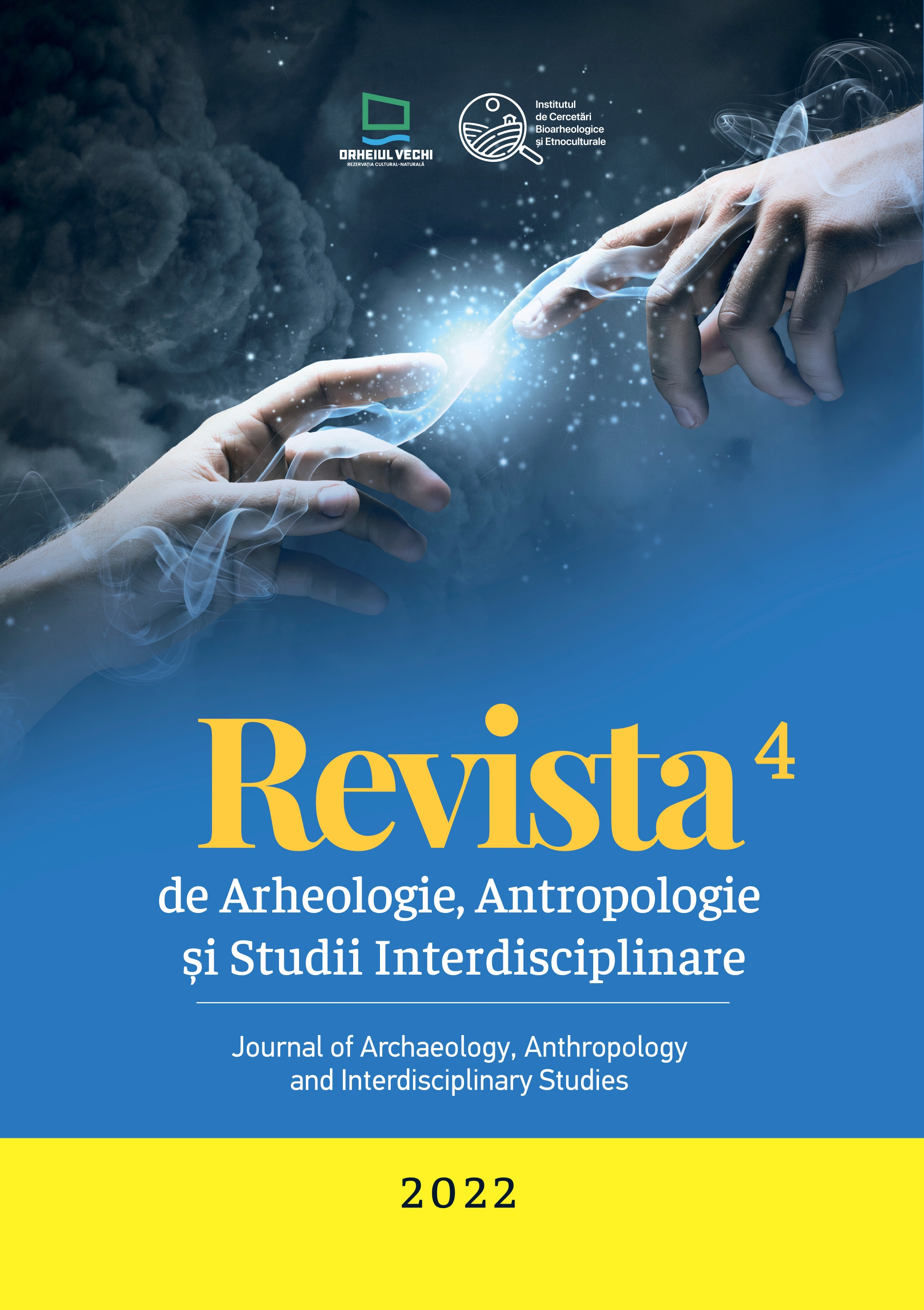Osteodistrofia biparietală – o manifestare neobișnuită. Asupra unui schelet medieval de pe teritoriul României
Biparietal osteodistrophy – a rare condition. On a Medieval skeleton on the territory of Romania
Author(s): Gabriel VasileSubject(s): History, Anthropology, Archaeology, 6th to 12th Centuries, 13th to 14th Centuries
Published by: Bons Offices – Casa Editorial-Poligrafică
Keywords: Middle Byzantine period; Dobruja; anthropology; biparietal osteodystrophy; cranial transillumination;
Summary/Abstract: The study aims to present the anthropological analysis of a skeleton from the Middle Byzantine necropolis of the 11th-13th centuries from Noviodunum-Isaccea Așezare Civilă Est (Tulcea County, Dobruja, Romania), which presents a phenomenon rather rarely encountered in the anthropological literature, called biparietal osteodystrophy. Broadly speaking, it is characterised by the symmetrical thinning of the parietal bones, an aspect revealed by the cranial transillumination, which highlights large translucent, postero-medial areas. One of the most interesting aspects is related to the controversial etiology of the manifestation: anatomical variant, anomaly or pathology? The skeleton belongs to a female mature adult (42.0 years old). Other identified pathological conditions are Pacchioni depressions, antemortem loss of several teeth, thoracic intervertebral herniations and periosteal lesions on the tibiae and fibulae.
Journal: Revista de Arheologie, Antropologie și Studii Interdisciplinare
- Issue Year: 4/2022
- Issue No: 1
- Page Range: 319-339
- Page Count: 21
- Language: Romanian

